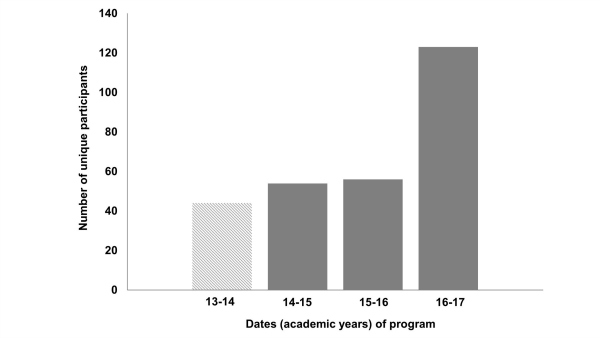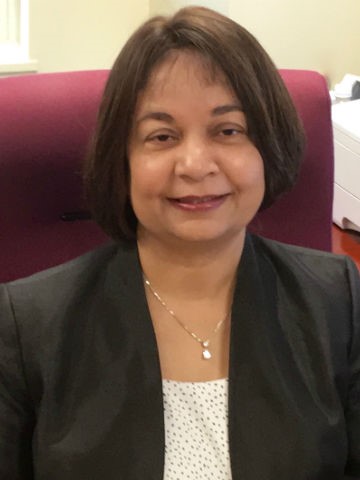A new study, conducted by the Graduate School’s BEST [Broadening Experiences in Scientific Training] program and published in PloS ONE, challenges the commonly held notion in doctoral education that “primarily female Ph.D. trainees and those from underrepresented backgrounds pursue nonacademic jobs and engage in professional development activities.”
BEST-affiliated faculty and Graduate School staff, including Graduate School dean and PI of WSU’s BEST grant Ambika Mathur, Ph.D., drew upon three years of participant and demographic data to conduct the research, finding that doctoral students participated equally in BEST activities regardless of gender, race or citizenship status.

The study also found that participation in career and professional development activities did not correlate with lower GRE scores, lower GPA or lengthier time to complete the degree. “This debunks the myth that students with better academic profiles end up with faculty careers while ‘other’ students settle for jobs in business and industry,” Mathur said.
Another important outcome: The BEST program at Wayne had a “halo” effect, encouraging doctoral trainees from disciplines other than the biomedical and life sciences — such as the social sciences and humanities — to participate in professional development activities. As Mathur noted, “We designed the WSU BEST program to be inclusive and invited all 1,500 of our Ph.D. students to participate.”
Intended to make doctoral trainees more aware of employment sectors beyond academia that would value their skillset — such as business, government, communication, law/regulatory affairs, and research administration — Wayne State’s BEST program comprised a three-phrase approach that offered students a broad introduction to multiple career opportunities that ranged from panels and workshops to immersive experiential learning in a specific career sector. The panels and workshops were led by “alumni and experts in sectors outside of academia,” noted BEST grant co-PI Christine Chow, Ph.D., professor of chemistry. “This played an important role in content delivery as well as providing students with networking opportunities and individualized mentoring.”

“The data we collected clearly indicate that doctoral students are eager to explore diverse career pathways,” said Mathur. “Through our three-phase BEST program, we not only gave them the tools to consider careers outside of academia, we also provided them with the professional skills and experiences they would need to succeed in a variety of workplaces.”
“We hope to spark a national conversation about the importance of transparency regarding careers on the part of graduate institutions, since this helps prospective students and postdocs make informed decisions about their career paths,” said Mathur. “It also demonstrates to graduate educators that students need skills to succeed in a broad spectrum of employment sectors, not just academia.”
Other members of the research team included Chow; Andrew Feig, professor of chemistry; Judith Moldenhauer, professor of graphic design in the Department of Art and Art History; Matt Ouellett, former associate provost and director of the Wayne State University Office for Teaching and Learning; Laura Pence, professor of chemistry, University of Hartford; Heidi Kenaga, BEST program manager in the Graduate School; Nisansala S. Muthunayake, Ph.D. candidate in the Department of Chemistry; and external program evaluator Victoria Straub, CFO of SPEC Associates in Detroit.
